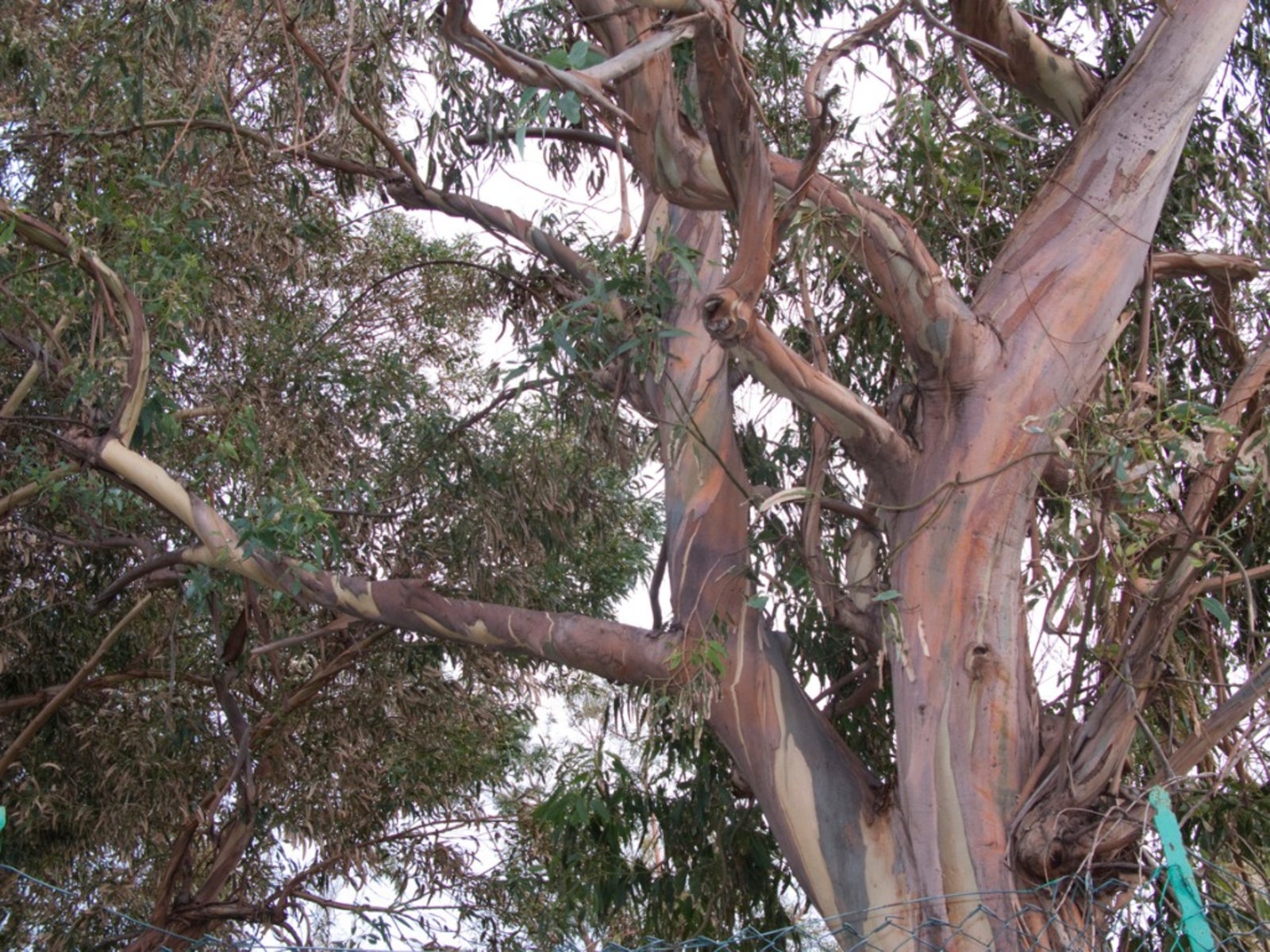Eucalyptus Tree Diseases: Tips On Treating Disease In Eucalyptus


What diseases affect a eucalyptus tree? Eucalyptus is a sturdy, fairly disease-resistant tree, and attempting to troubleshoot dying eucalyptus trees is a difficult and disheartening endeavor. Read on for more information about eucalyptus tree diseases, and tips on treating disease in eucalyptus.
Diseases of Eucalyptus Trees
When it comes to diseases of eucalyptus, wet weather, poor drainage, or damp conditions that prevent air circulation from reaching the center of the tree are often the culprits.
- Anthracnose – This group of fungal diseases affects primarily branches, twigs and leaves, and is recognized by curled, distorted growth and small black, tan or brown lesions. Younger trees are most susceptible. Anthracnose is related to excessive moisture and often follows moist springtime weather. Control the disease by pruning affected trees in fall and winter, but avoid severe pruning, which creates watersprouts – vigorous, unsightly growth that is more susceptible to disease. Application of fungicide in early spring may help staunch the disease.
- Phytophthora – Often identified as root, crown, foot or collar rot, Phytophthora is a fungal disease that affects a huge number of woody plants, including eucalyptus. It can attack all parts of the tree and is often evidenced by wilted, yellowing foliage, stunted growth, and reddish, orange or brown cankers on the trunk and stems or under the bark. The tree may ooze a reddish or dark sap that stains the trunk. Fungicides are sometimes useful if applied early, especially when combined with improved cultural practices.
- Heart rot – Often known as sap rot, heart rot is a group of several types of fungi that causes decay in the centers of limbs and trunks. Although the disease isn’t always easy to spot on the surface of the tree, damage can travel relatively quickly. Old, weak trees are more susceptible and trees that fall in rain or wind can be hazardous. Regular, careful pruning that allows rainwater to drain helps prevent the disease and safe removal of dead or disease growth helps keep the disease in check. Badly affected trees should be severely trimmed or removed.
- Powdery mildew – This common fungal disease is easy to recognize by a powdery white growth on leaves and stems. Horticultural sprays are often affective, and sulfur may help when applied before the disease is noticeable. Fungicides may be of some effectiveness in the early stages of the disease. Avoid high nitrogen fertilizers, which produce flushes of highly susceptible new growth.
Proper pruning of eucalyptus is critical. Disinfect cutting tools between each cut, and dispose of infected plant parts properly. Irrigate eucalyptus trees in morning so the leaves have time to dry. If you are planting new eucalyptus, look for disease-resistant varieties.
Gardening tips, videos, info and more delivered right to your inbox!
Sign up for the Gardening Know How newsletter today and receive a free copy of our e-book "How to Grow Delicious Tomatoes".

A Credentialed Garden Writer, Mary H. Dyer was with Gardening Know How in the very beginning, publishing articles as early as 2007.
-
 Looking For Plants To Give You The Soft And Fuzzies? Try These 5 Fuzzy Leaf Plant Options
Looking For Plants To Give You The Soft And Fuzzies? Try These 5 Fuzzy Leaf Plant OptionsLovers of texture, drama, silver foliage and tactile plants will adore these special sensory garden additions. These fuzzy leaf plant options will leave you all aglow
By Susan Albert
-
 Get Ready For A Summer Of Hummers! Grow These Full Sun Hummingbird Plants and Flowers
Get Ready For A Summer Of Hummers! Grow These Full Sun Hummingbird Plants and FlowersIf you’re lucky enough to enjoy a sunny backyard, make sure you are maxing out on your pollinator opportunities and grow these full sun hummingbird plants and flowers
By Tonya Barnett